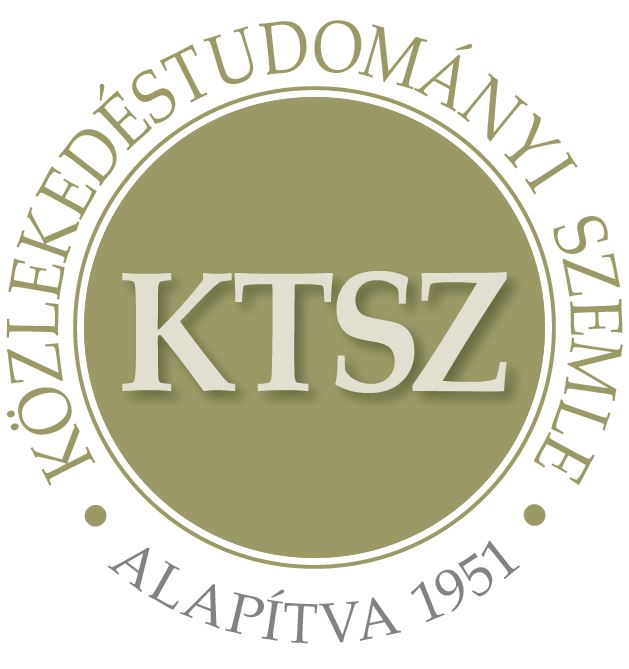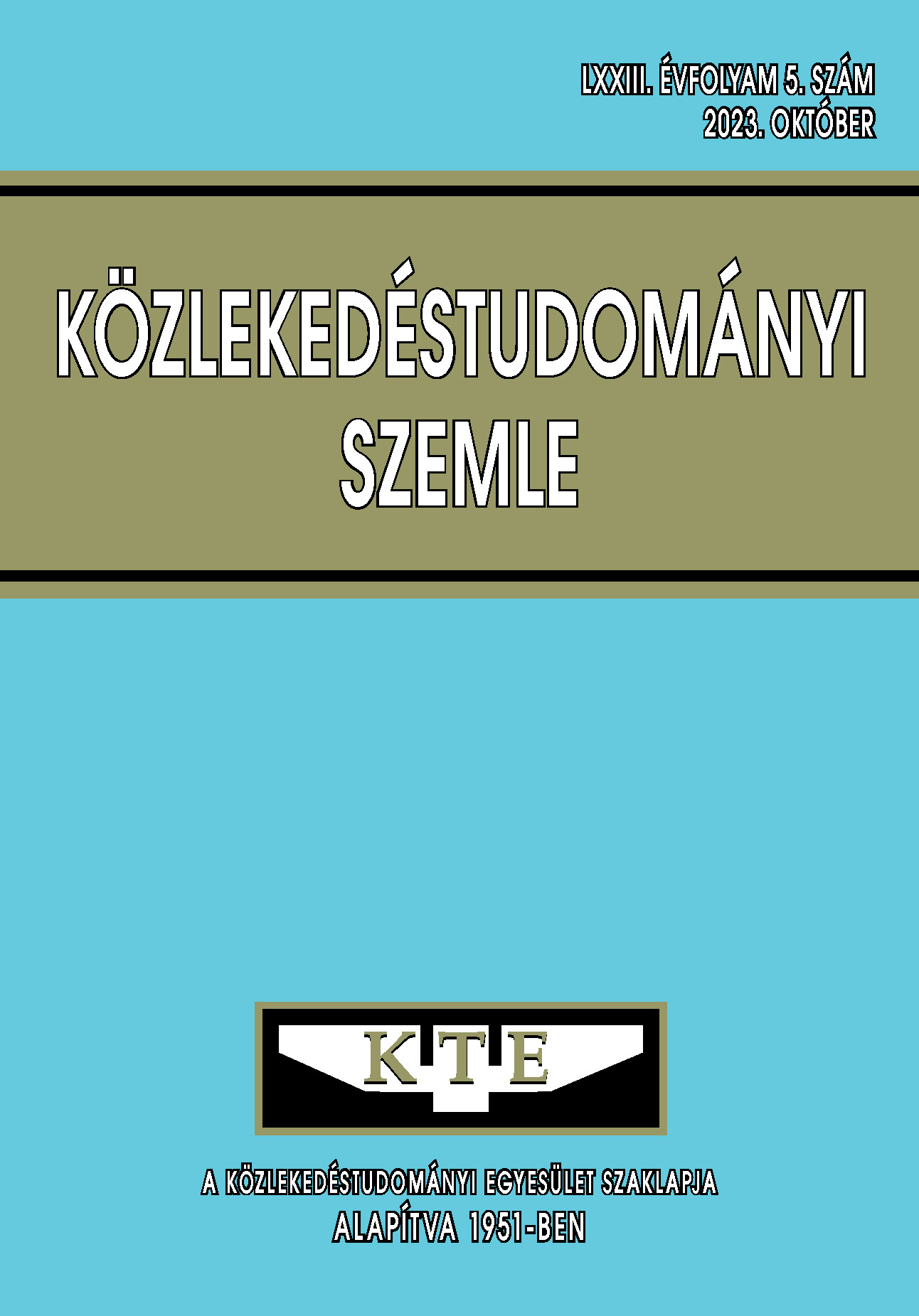Modelling tourists' accommodation preferences using a combination of Fuzzy AHP and GIS methods
Abstract
It is an important question for tourists which accommodation to choose when travelling. During the selection process, they try to find the location that best meets their expectations of the accommodation and their individual needs. The authors help in the decision-making process by combining the Fuzzy AHP and the GIS methods to evaluate accommodation options
according to different criteria. Applying this method, they explore the following aspects: the price of the room, the distance from the city centre, the degree of the sense of safety, the ratings of the place, whether breakfast is included in the price, and the possibility of free cancellation. In the first part of the research, the Fuzzy AHP method is used to calculate
the weights of the criteria. In the second part, the GIS method is used to map the ranked accommodation options.
References
Alam, J. (2018). A Model for Accommodation Selection using GIS and Multi-Criteria System. Global Journal of HUMAN-SOCIAL SCIENCE: B Geography, Geo-Sciences, Environmental
Science & Disaster Management, 18(3).
Ananth, M., DeMicco, F. J., Moreo, P. J., & Howey, R. M. (1992). Marketplace Lodging Needs of Mature Travelers. Cornell Hotel and Restaurant Administration Quarterly, 33(4), 12–24. DOI: https://doi.org/bdxcwv
Bahaire, T., & Elliott-White, M. (1999). The application of geographical information systems (GIS) in sustainable tourism planning: A review. Journal of Sustainable Tourism, 7(2), 159–174. DOI:
Büyüközkan, G., & Feyzioğlu, O. (2004). A fuzzy-logic-based decisionmaking approach for new product development. International Journal of Production Economics, 90(1), 27–45. DOI:
Chang, C. W., Wu, C. R., & Lin, H. L. (2009). Applying fuzzy hierarchy multiple attributes to construct an expert decision making process. Expert Systems with Applications, 36(4), 7363–7368. DOI: https://doi.org/dzqfzh
Chou, T. Y., Hsu, C. L., & Chen, M. C. (2008). A fuzzy multi-criteria decision model for international tourist hotels location selection. International Journal of Hospitality Management, 27(2), 293–301. DOI: https://doi.org/cphwrr
Do, Q. H., & Chen, J. F. (2013). Prioritizing the factor weights affecting tourism performance by FAHP. International Journal of Engineering Business Management, 5(1), 51. DOI: https://doi.org/gcm4k9
Fletcher, J., Fyall, A., Gilbert, D., & Wanhill, S. (2013). Tourism: Principles and Practice 5th edn: Principles and Practice. Pearson UK. https://www.dawsonera.com:443/abstract/9780273758358
García-Palomares, J. C., Gutiérrez, J., & Mínguez, C. (2015). Identification of tourist hot spots based on social networks: A comparative analysis of European metropolises using photo-sharing services and GIS. Applied Geography, 63, 408–417. DOI: https://doi.org/ggw4kn
Goeldner, C. R., & Ritchie, J. R. B. (2007). Tourism principles, practices, philosophies. John Wiley & Sons.
Hsieh, L. F., & Lin, L. H. (2010). A performance evaluation model for international tourist hotels in Taiwan-An application of the relational network DEA. International Journal of Hospitality Management, 29(1), 14–24. DOI: https://doi.org/dshpfh
Hsu, T. K., Tsai, Y. F., & Wu, H. H. (2009). The preference analysis for tourist choice of destination: A case study of Taiwan. Tourism Management, 30(2), 288–297. DOI: https://doi.org/cfvjvs
Ibraheem, A. T., Abid, A. N., & Mehdi, A. J. (2015). Modern basics and methods for car parking; Lap lambert academic publishing. VDM Publishing Group, Germany.
Lockyer, T. (2005). Understanding the dynamics of the hotel accommodation purchase decision. International Journal of Contemporary Hospitality Management, 17(6), 481–492. DOI: https://doi.org/bb7sp5
Losada, N., Alén, E., Nicolau, J. L., & Domínguez, T. (2017). Senior tourists’ accommodation choices. International Journal of Hospitality Management, 66, 24–34. DOI: https://doi.org/gch3th
Malczewski, J. (2006). GIS-based multicriteria decision analysis: A survey of the literature. International Journal of Geographical Information Science, 20(7), 703–726. DOI: https://doi.org/br58mc
Otoo, F. E., Kim, S., & Choi, Y. (2020). Understanding senior tourists’ preferences and characteristics based on their overseas travel motivation clusters. Journal of Travel and Tourism Marketing, 37(2), 246–257. DOI: https://doi.org/gksk5x
Pinke-Sziva, I., Smith, M., Olt, G., & Berezvai, Z. (2019). Overtourism and the night-time economy: a case study of Budapest. International Journal of Tourism Cities, 5(1), 1–16. DOI: https://doi.org/krkg
Saaty, T. L. (2001). Fundamentals of the analytic hierarchy process. In The analytic hierarchy process in natural resource and environmental decision making (pp. 15–35). Springer.
Saaty, T. L. (2004). Decision making — the Analytic Hierarchy and Network Processes (AHP/ANP). Journal of Systems Science and Systems Engineering, 13(1), 1–35. DOI: https://doi.org/fk36gj
Smith, M., Puczkó, L., & Rátz, T. (2009). Twenty-three districts in search of a city: Budapest-the capitaless capital? City Tourism: National Capital Perspectives, 201–213. DOI: https://doi.org/bbz2nr
Stringam, B. B., Gerdes, J., & Vanleeuwen, D. M. (2010). Assessing the importance and relationships of ratings on user-generated traveler reviews. Journal of Quality Assurance in Hospitality and Tourism, 11(2), 73–92. DOI: https://doi.org/ff2ghx
Theobald, W. F. (2013). Global Tourism. In Global Tourism. Routledge. DOI: https://doi.org/krkh
Vahidnia, M H, Alesheikh, a, Alimohammadi, a, & Bassiri, a. (2008). Fuzzy analytical hierarchy process in GIS application. The International Archives of the Photogrammetry, Remote Sensing
and Spatial Information Sciences, 37(B2), 593–596.
Wei, W. (2012). Research on the Application of Geographic Information System in Tourism Management. Procedia Environmental Sciences, 12, 1104–1109. DOI: https://doi.org/krkj
Articles published electronically are open access (OJS), freely available online and can be downloaded. Authors of articles are not charged any publication or publishing costs (APC). Users have the right to read, download, copy, print, and search the articles, or share the full text with a link.
Authors must declare that their submission has not been previously published in another journal, that financial support has been acknowledged, and that the list of references is complete and accurate, including specification of URLs and DOIs (if available). When submitting a draft article, each author approves the submitted version. Authors guarantee that the article is their original work. Authors are required to participate in the peer review process, follow the advice of reviewers, meet the prescribed deadlines, and, if any, withdraw the submission or correct errors.
All submitted articles are subject to peer review, where the editors request an independent evaluation from at least one expert, ensuring that the reviewer(s) have no conflicts of interest with the authors. The final decision is made by the Editor-in-Chief, who takes into account the evaluations and the suggestions of the editors. The editors and reviewers treat the submission confidentially.
The publisher and editors are committed to maintaining high ethical standards and to preventing publications that involve research misconduct. They follow the COPE guidelines on such ethical issues.
The authors retain copyright and grant the journal the right of first publication under the Creative Commons License (https://creativecommons.org/licenses/by-nc-nd/4.0), which allows others to share the work, while acknowledging the authorship of the work and the first publication in the journal.
The journal archives all published articles, and the journal's owner, the Hungarian Society of Transportation Sciences, will continue to operate the database even if the journal ceases to be published.















